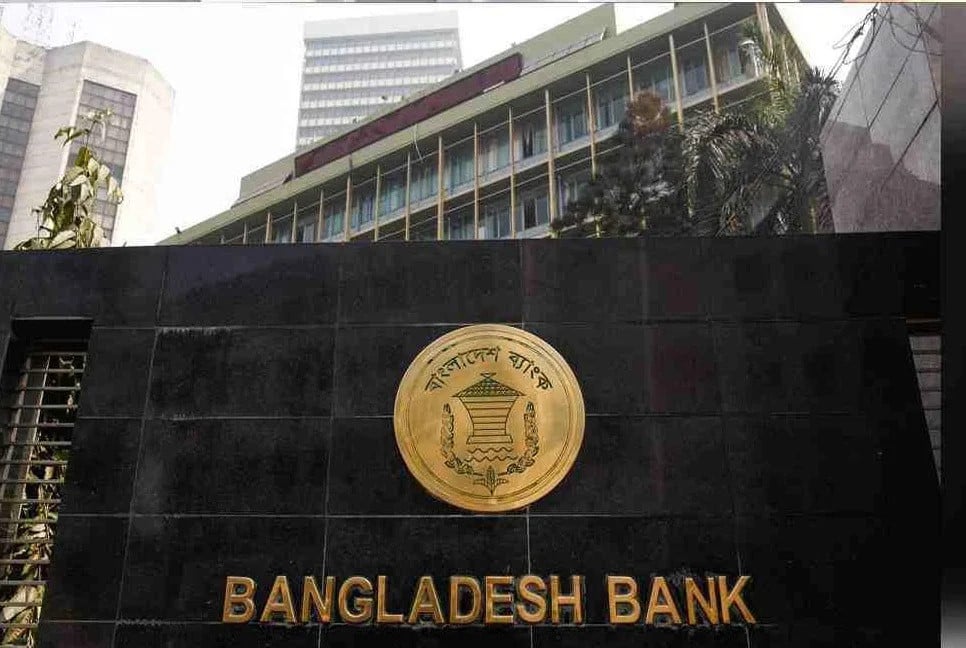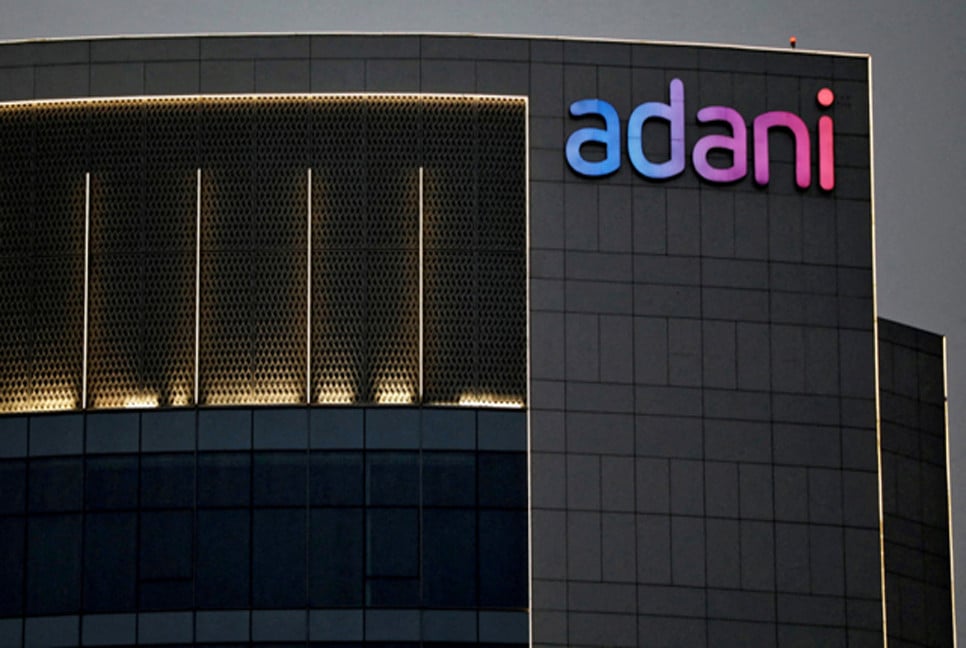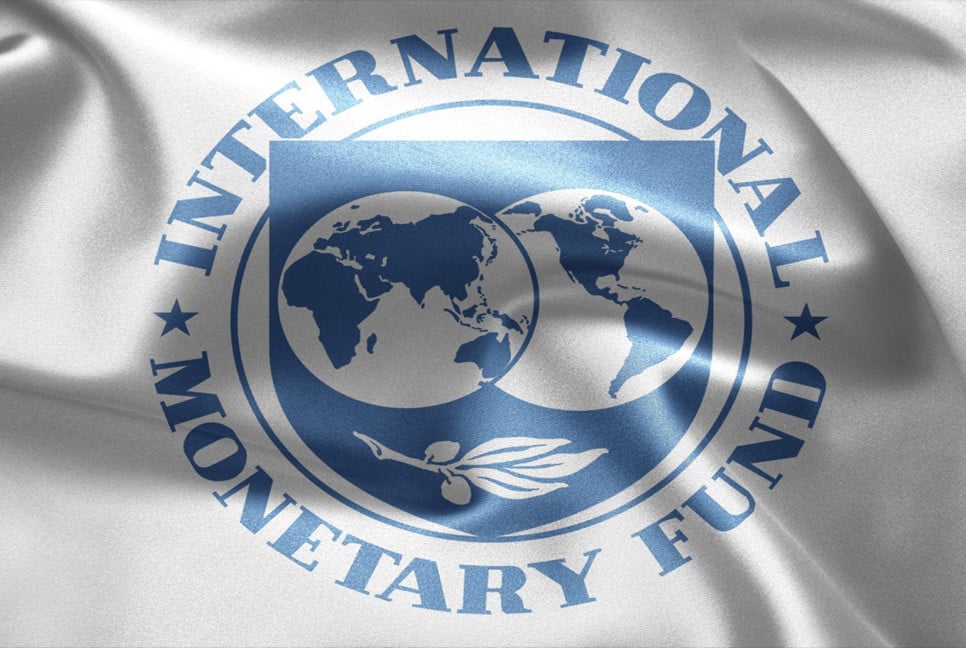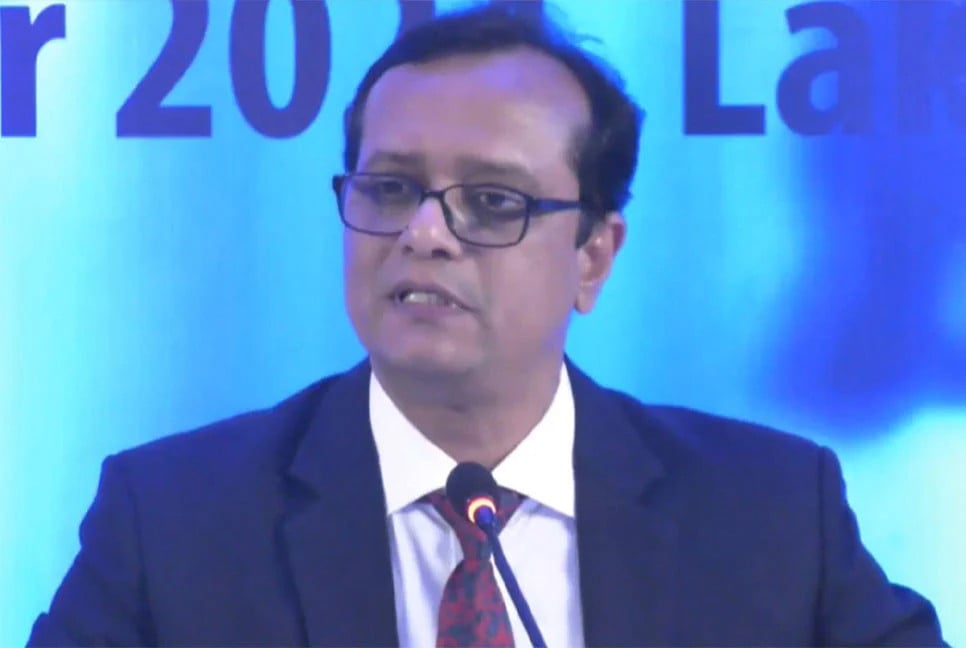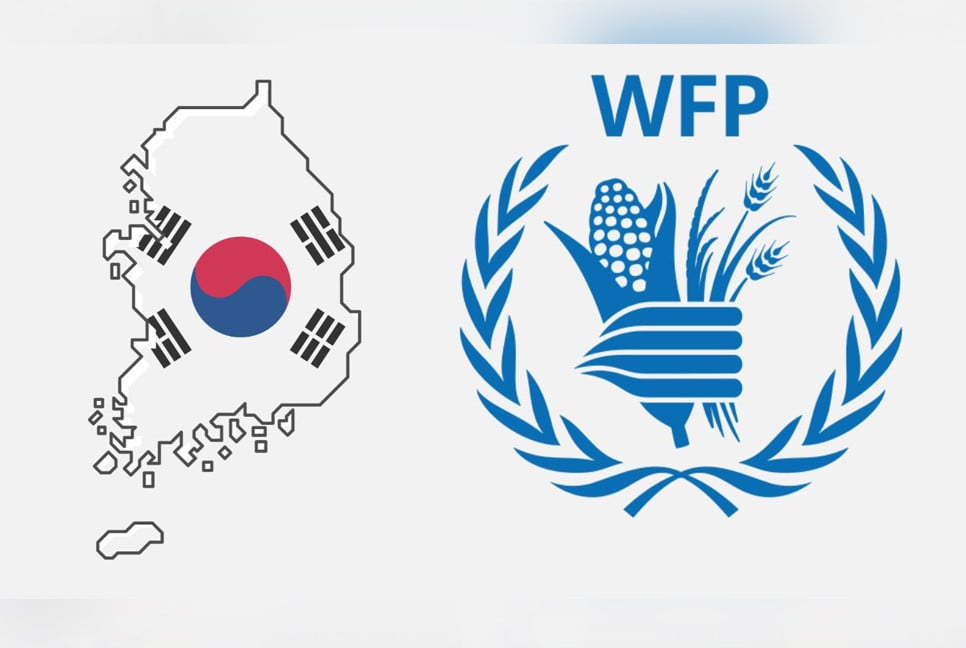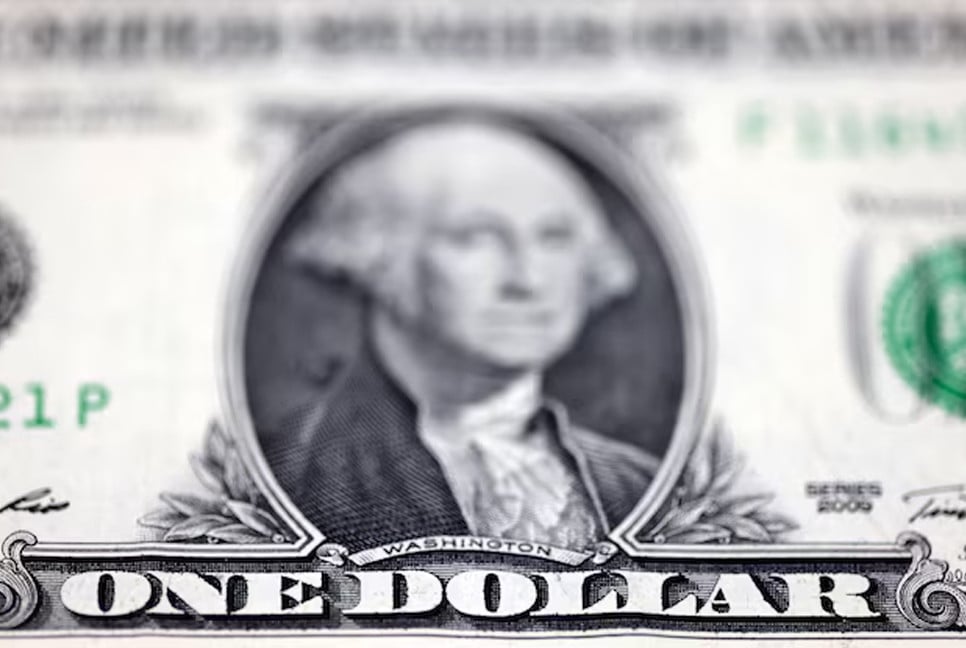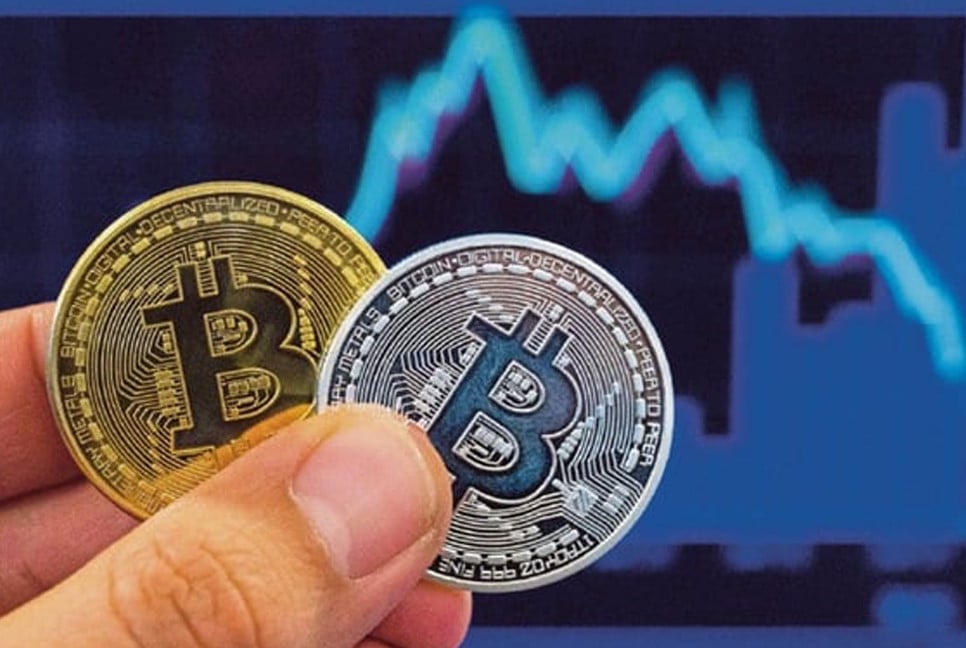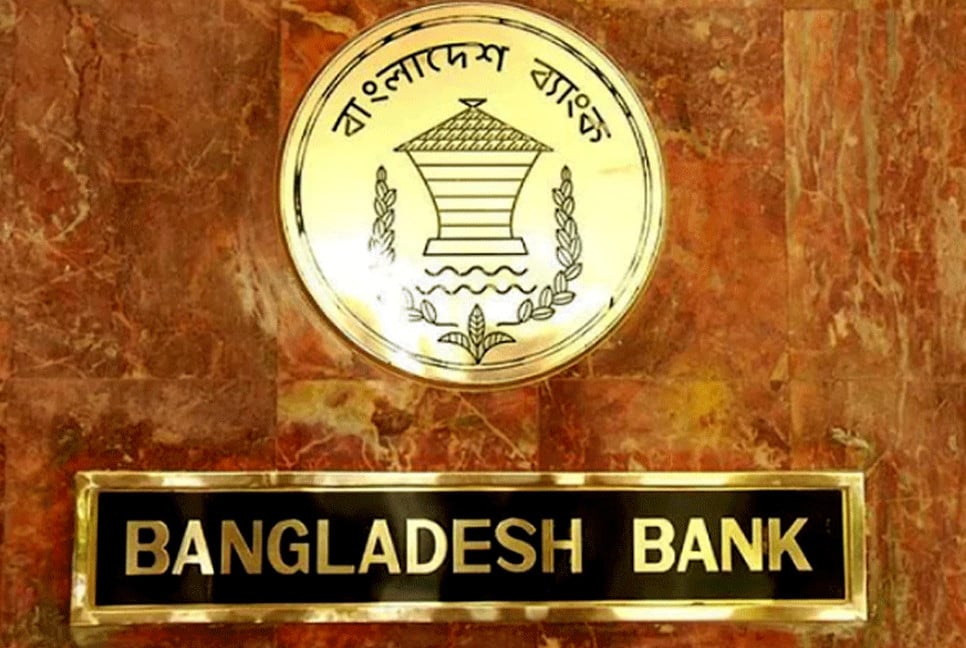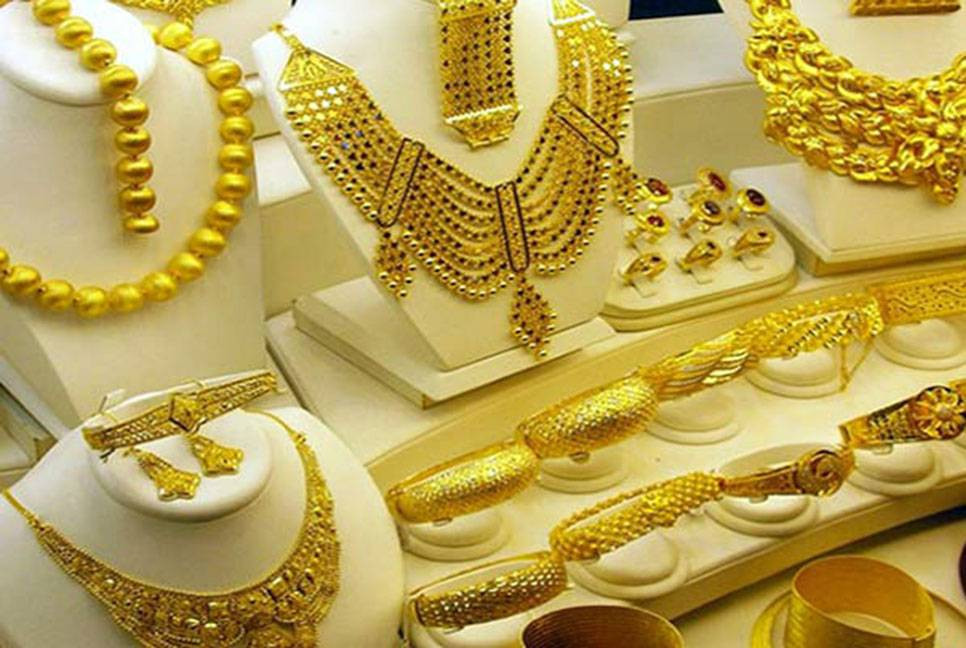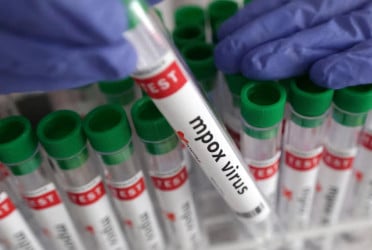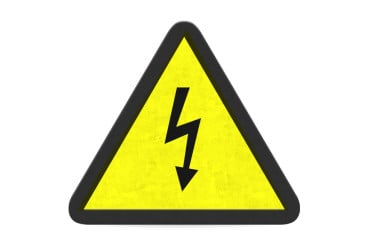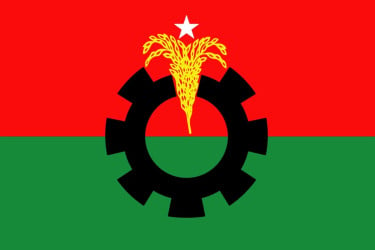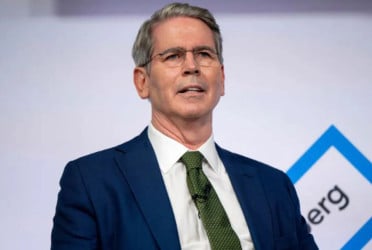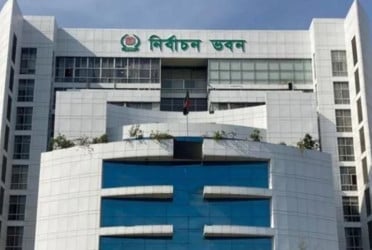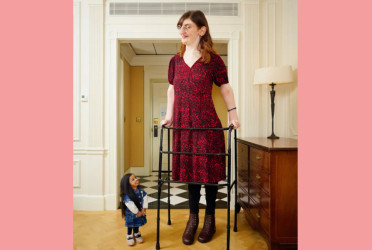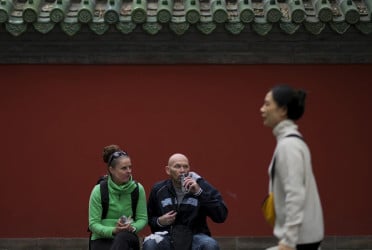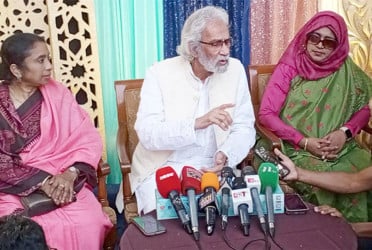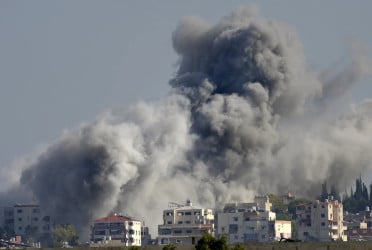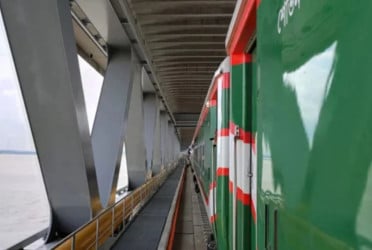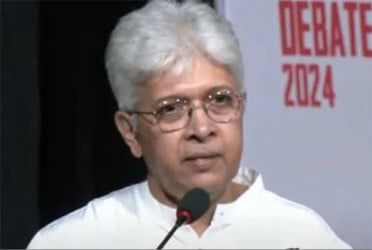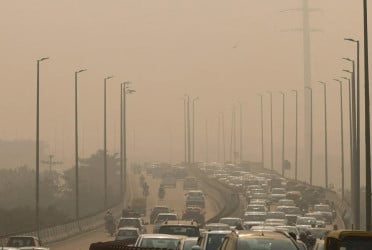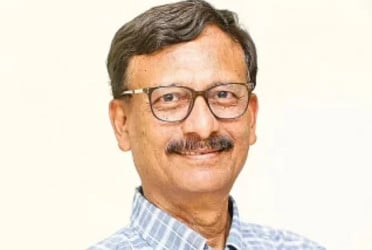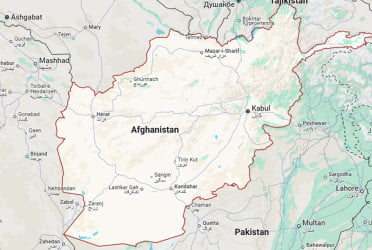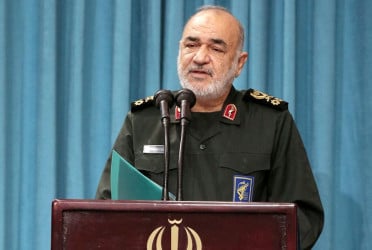The Finance Ministry has highlighted the crucial need for a balanced approach to budgetary allocations between recurrent and capital expenditure, recognizing their collective impact on the country's growth prospects and social welfare, reports UNB.
This perspective is outlined in the ministry's document, the 'Medium Term Macroeconomic Policy Statement (2023-24 to 2025-26)', which underscores the different priorities of developed and developing nations in terms of government spending.
Developed countries often prioritize transfers and subsidies, whereas developing economies are more inclined towards investing in social and community services. Despite the positive outcomes from income transfers in enhancing citizens' lives, there is a pressing need to ramp up capital expenditure to cater to the increasing public investment demands and foster the creation of productive assets.
Budgetary classifications broadly categorize government spending into recurrent and capital expenditures. Recurrent expenditure encompasses wages, goods and services purchases, subsidies, transfer payments, and interest on loans. In contrast, capital expenditure is directed towards building and enhancing productive assets, including developments under the Annual Development Program (ADP) and non-ADP initiatives.
The trend in capital expenditure, representing a portion of the total expenditure, has seen an upward trajectory, albeit with fluctuations, while recurrent expenditure has shown a gradual decrease. The revised budget for the fiscal year 2022-23 allocated 59.1 percent to recurrent expenditures, with projections indicating a slight reduction over the next three years. Meanwhile, capital expenditure is set to rise from 40.9 percent in the 2022-23 fiscal year to 41.3 percent by 2026, reflecting an ongoing commitment to bolstering public investment.
The increase in recurrent expenditure from 56.7 percent in FY 2017-18 to 59.4 percent in FY 2021-22 was influenced by various stimulus packages introduced to support vulnerable groups during the combined challenges of the COVID pandemic and the Russia-Ukraine conflict. Conversely, capital expenditure through the ADP, a critical component of the budget, has experienced modest growth from 4.5 percent of GDP in FY18 to an estimated 5.1 percent of GDP in FY 2022-23.
This strategic focus on balancing recurrent and capital expenditures aligns with the government's objectives to drive sustainable economic growth while ensuring the welfare of its citizens through prudent fiscal management.
Bd-pratidin English/Tanvir Raihan


